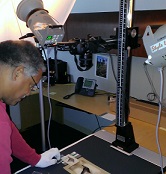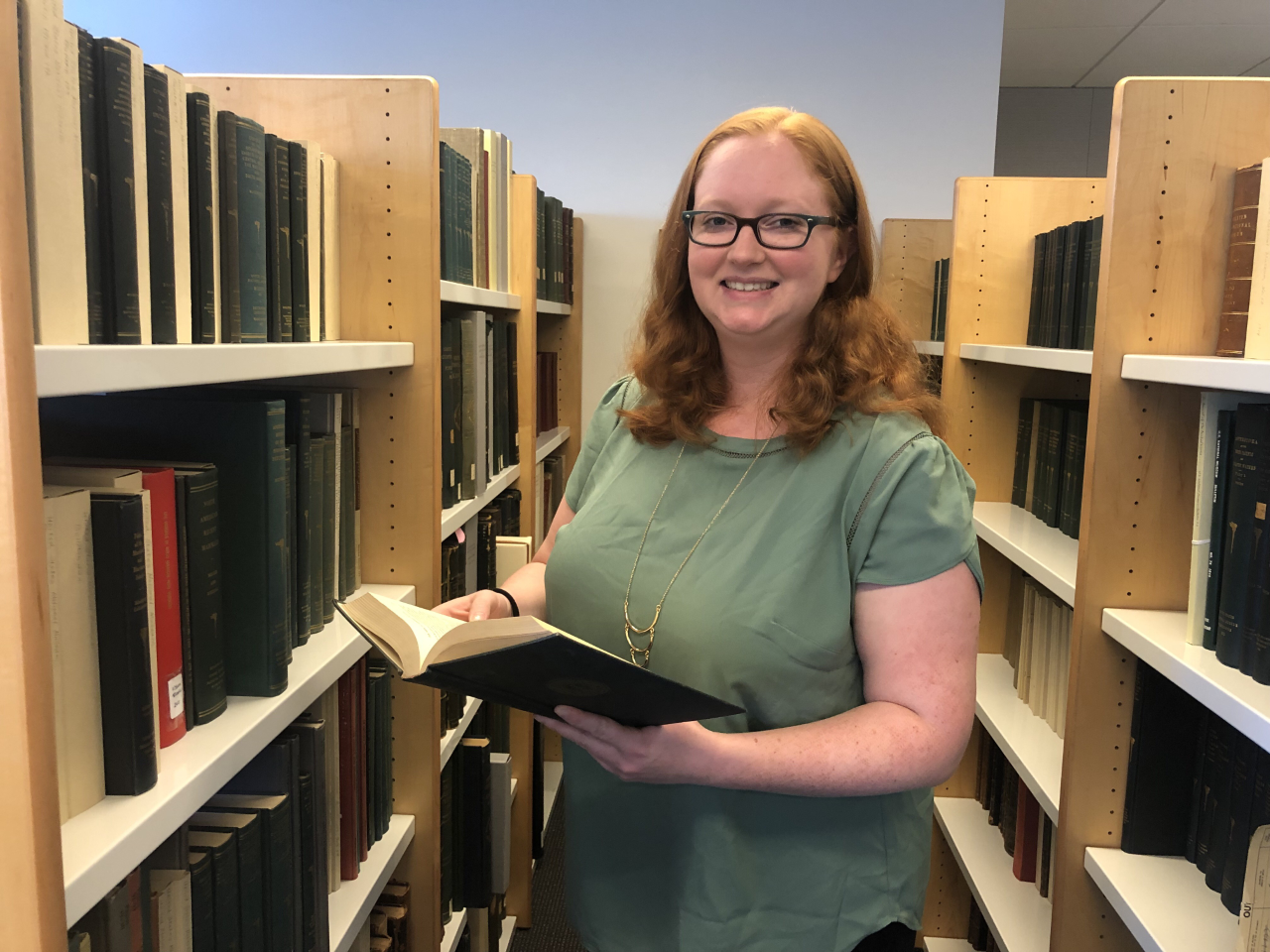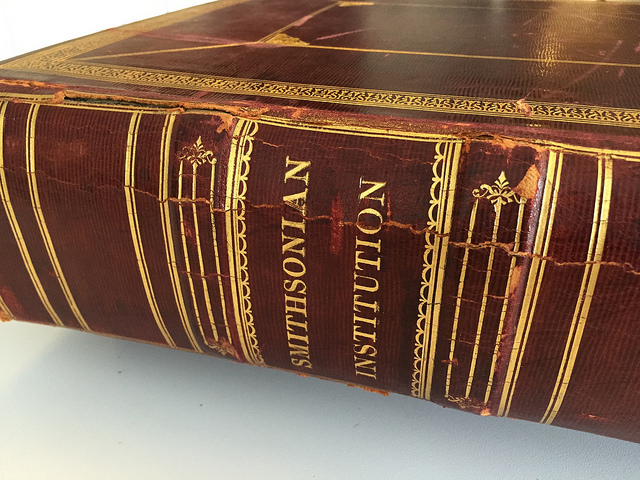Results for "United States National Museum. Section of Manufacturers"

Growing a National Museum – the Curators’ Annual Reports
- Date: May 19, 2016
- Creator: Ricc Ferrante
- Description: The United States National Museum Curators’ Annual Reports will be added to the Smithsonian Transcription Center, beginning the first week of June.

Thanks for the specimens, J. Bruce Bredin!
- Date: October 11, 2018
- Creator: Ricc Ferrante
- Description: This philanthropist’s passion for research and adventure inspired him to join a series of collecting expeditions with the Smithsonian in the 1950s.

On Expedition with Waldo Schmitt
- Date: July 31, 2018
- Creator: Ricc Ferrante
- Description: They say a picture is worth a thousand words. If that’s true, some of Dr. Waldo LaSalle Schmitts field books are worth tens of thousands of words.

Board of Regents: Providing Guidance to the Stewards of the National Collections
- Date: September 8, 2016
- Creator: Ricc Ferrante
- Description: With the help of digital volunteers, we will make over a century’s worth of Smithsonian Board of Regents Meeting Minutes searchable, via the Smithsonian Transcription Center.
- Blog Post
Robert Ridgway – From Protégé to a Leading Ornithologist
- Date: February 27, 2020
- Creator: Ricc Ferrante
- Description: As a teenager, Robert Ridgway was tapped by the Smithsonian’s Assistant Secretary to be an expedition zoologist. In 1881, when the US National Museum opened its doors, he was the curator of Birds. Download and reuse some of bird illustrations today through Smithsonian Open Access.

Rapid Capture Digitization to bring the Smithsonian's Board of Regents Minutes Online
- Date: September 8, 2015
- Creator: Ricc Ferrante
- Description: Digitizing the Smithsonian Institution's Board of Regents minutes to make them available online.
- Blog Post
Discoveries Don’t Happen in an Armchair
- Date: November 27, 2018
- Creator: Ricc Ferrante
- Description: The 19th century was a transformative time for the natural sciences. New discoveries didn't just happen in an armchair. Scientists adventured into unfamiliar territory by land and sea on expeditions, and their new findings fed new theories. Groups like the Columbian Institute for the Promotion of Arts and Sciences and the National Academy of Sciences formalized America's place

Getting Your Due, Samuel Pierpont Langley
- Date: November 28, 2017
- Creator: Ricc Ferrante
- Description: It can be so frustrating to put great effort into something, and then to have your work and achievements called into question. I can't begin to imagine how frustrated Samuel Pierpont Langley was in 1903. By that time, he had spent over forty years studying astrophysics and aerodynamics. His work on astronomically-derived time measurement in the late 1860's is the heart of the

Arthur Wilson Stelfox: Another Gift from the United Kingdom
- Date: July 23, 2020
- Creator: Ricc Ferrante
- Description: With a large personal collection of specimens, Arthur Wilson Stelfox took steps to ensure his work will go on for decades to come.

Staff Matters: Meet Our New Additions
- Date: August 15, 2019
- Creator: Ricc Ferrante
- Description: Meet the newest members of the Archives team in our continuing series on introducing new staff.

Transparency in the Archives: From Our Earliest Days
- Date: August 16, 2018
- Creator: Ricc Ferrante
- Description: From the point in 1838 when the United States Congress accepted James Smithson’s bequest, it was recognized as a cultural resource, a public trust held by the federal government. Smithson had stipulated that the funds be used for an “establishment for the increase and diffusion of knowledge.” Being a cultural resource set aside for public use, the government bore the

Contagious Contributions: The Rewards of Asking for Help
- Date: February 26, 2015
- Creator: Ricc Ferrante
- Description: Update on the continuing and growing contributions of volunteers at the Smithsonian Transcription Center.
